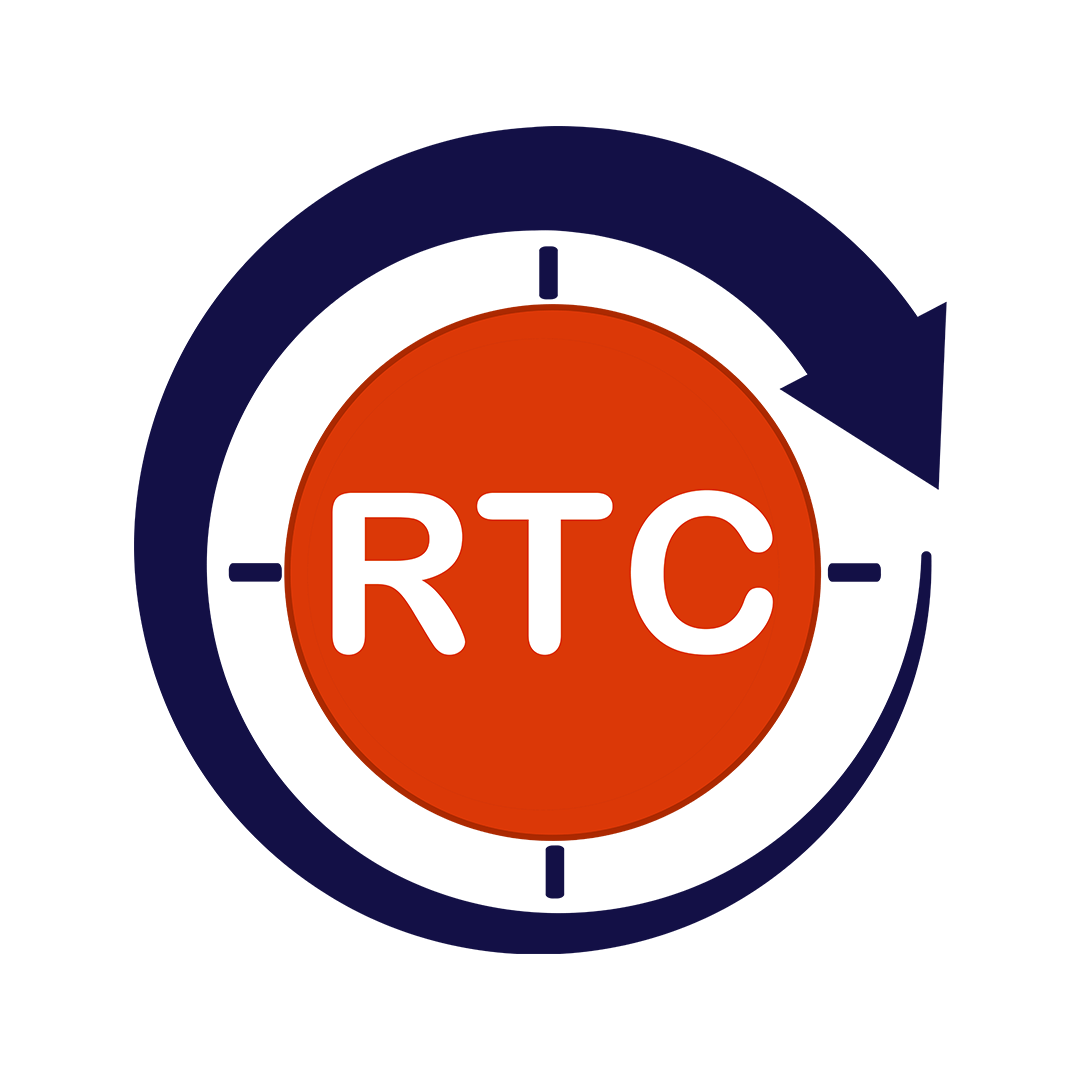“Change is the only constant in life” – while this stands true from a philosophical end, change also becomes possible only when there is something “constant” that exists. With “continuous” everything, digital transformation has witnessed a massive push – constant and parallel processes within an SDLC (Software Development Life Cycle) have become a trending strategy to expedite and scale deliverables. This has come in by practicing the core of “continuous” everything.
Table of Contents
ToggleThe “Continuous” Cycle
Software products have reached a point where their impeccable performance can only be reached at, if their lifecycle process is accelerated with a seamless amalgamation of the traditionally siloed processes such as development, testing, release, performance, security, accessibility, etc. – all these efforts have become intertwined and interlinked to optimize a product.
With DevOps services, DevSecOps or performance engineering, the aforementioned efforts are conducted simultaneously to achieve maximum efficiency. This continuous journey has some key facets within, which need to be elucidated upon and looked at as imperative nuances to be incorporated in an organization’s culture itself –
- Continuous Integration / Continuous Delivery – CI/CD pipelines have become the go-to practices for organizations to bring in iterative frameworks and processes from the get-go. Automating the whole SDLC process with CI/CD frameworks, brings in greater efficiency and faster deliverables. With continuous integration, the changes in code are stored and merged in a common repository for all, to avoid any remediations at a later stage. With continuous delivery, deployment to the testing or production environment is seamlessly automated to make releases more agile, shorter and frequent. Thus, CI/CD pipelines have brought in an immense value-add to organizations in accelerating digital transformation.
- Continuous Testing – As a subset within the umbrella of the CI/CD pipeline, continuous testing brings in the need of identifying and fixing bugs at any and all points within an SDLC. By shifting left as well as right, software testing becomes an integral aspect of the life cycle throughout – earlier the identification, better the software; post-release testing is equally significant for any remediations.
- Continuous Collaboration – Agile practices and efforts such as DevOps services or DevSecOps, bring in a continuous loop of collaboration between teams. This helps in not just expediting processes but also creating a culture of teamwork and knowledge-sharing – bringing in a value-add for the product as well as the organization as a whole. With continuous collaboration, cross-training in the latest tools and technologies across different methods and practices, becomes achievable.
- Continuous Feedback – A product’s life cycle doesn’t end with its release – it actually is an infinite loop. Even when a product goes into the market and gets consumed by the users, changes and improvements keep coming, in the form of user-feedback. This continuous feedback helps in making a product seamless for users post-release as well, by shifting right and incorporating their suggestions to better the product. Thus, a product never really sees an end as there is always a loop of feedback that makes this journey perennial.
This set of “continuous” everything is surely not exhaustive since there are an array of subsets within and there would be a continuous cycle within each nuance. With the cloud in picture, these practices become essential all the more, to create a constant loop of agility and scalability. Since an agile SDLC process is modeled as a continuous practice – different from the old Waterfall model – the importance of “continuous” everything increases all the more.
Conclusion
Thus, continuity is the key for excellence and expedience when it comes to software products. With the latest trends to accelerate digital transformation, such as DevOps services or DevSecOps, continuous practices have come into being to expedite deliverables. Evolving from the old models of waterfall, iterative, spiral and V-shaped, a new agile age has helped make a product’s life cycle more efficient and scalable. Thus, a “continuous” culture has become customary today – be it the superset of a CI/CD pipeline or the nuanced areas of continuous testing, feedback or collaboration, a product sees its fruition through an infinite loop – ironical, isn’t it?

